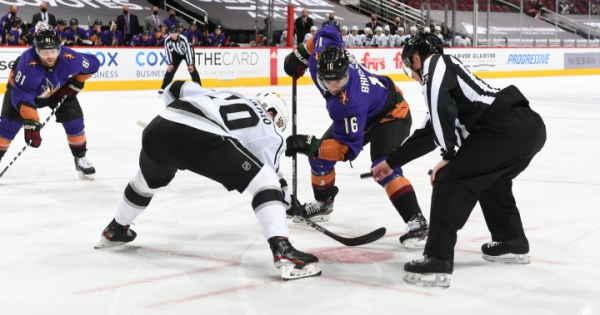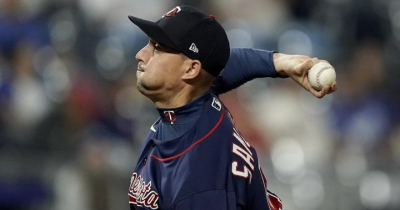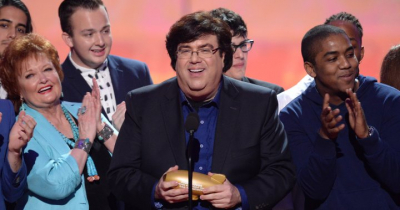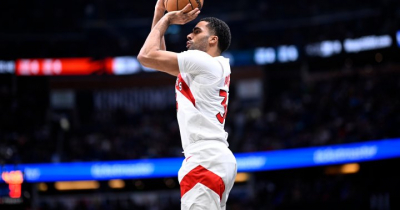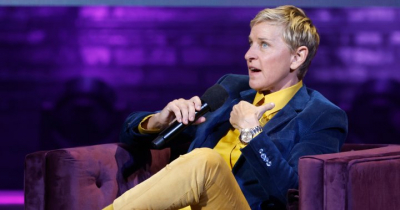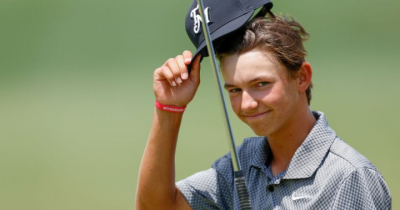Vaughan Rody's expertise spans the intricate world of NHL faceoffs, a realm where he's seen more puck drops than most people can fathom — somewhere in the neighborhood of half a million, he reckons. Having officiated in the NHL for over two decades, Rody possesses an intimate understanding of the nuances: the fundamentals, the strategies, the subtle cues, and even the occasional attempts at skirting the rules.
For Rody, the importance of consistency, clear communication, and fostering relationships on the ice cannot be overstated. Restarting a hockey game might seem like a straightforward task, but it involves a myriad of factors. Despite players having taken thousands of draws themselves, there are moments of perplexity when a center is ousted from the circle.
We want fairness and structure," Rody emphasizes. "Players need to buy into the process. If not, they need to be replaced. It's akin to parenting; sometimes, you have to enforce buy-in. I don't mean that disrespectfully, but occasionally, you have to show them the standard, maybe four or five times until they get it.
Determining where that standard lies presents an ongoing challenge. What one official permits, another might penalize. The positioning of a skate or stick could yield different outcomes depending on the game's context.
That's where some of the frustration lies," echoes Edmonton Oilers' captain Connor McDavid. "It's a variable element, night in and night out.
Rody, hailing from Winnipeg and currently residing outside Seattle, acknowledges that this variability is as old as the game itself. "With 34 NHL linesmen, each one is different," he explains. "It's not a robotic process; you strive for consistency, but everyone has their own threshold. That's where the finesse of being a top-tier center comes into play.
In a sport where possession is paramount, faceoffs emerge as a pivotal art form. Yet, even the most skilled players often succeed just over half the time. Pittsburgh Penguins' captain Sidney Crosby, boasting the highest faceoff win rate this season at 58.3 percent, attests to the challenge. While linesmen generally maintain consistency, Crosby notes that identifying trends can occasionally provide a slight advantage in the dot.
It's the little things you try to pick up," he reveals. "Ultimately, it's on you to find ways to come out on top.
Rody, who recently dedicated himself to mentoring young centers within the Winnipeg Jets' organization, recalls a time when puck drops occurred from the waist, a practice that shifted to a standardized release zone several years back. Additionally, a rule change now mandates defending centers to place their sticks down first, aimed at fostering more offensive opportunities and tipping the scales in favor of attacking players.
Right before the puck leaves my hand, there's a moment where I have to pause," Vaughan Rody reflects on his role in the faceoff circle. "You're searching for that perfect window, where efficiency meets fairness.
Players, too, engage in their own dance with the rules, bending them as much as possible. Buffalo Sabres center Tage Thompson admits, "You've got to bend the rules a bit. Some linesmen are more forgiving, while others play by the book. They usually explain their calls, though.
For Rody, effective communication and mutual respect are key. "It's human nature," he observes. "You might be a bit stricter with people you don't have a rapport with. It's like any other aspect of life. But we don't play favorites; we call it as we see it.
Vancouver Canucks center Elias Lindholm confesses to a subtle strategy: "I try to remember as many linesmen's names as I can. Not giving away all my secrets here," he adds with a grin, "but it pays to be on good terms.
Teddy Blueger, Lindholm's counterpart on the Canucks, stresses the importance of maintaining composure. "It's crucial to show respect," he notes. "You don't want them to hold a grudge against you.
However, Colorado Avalanche center Nathan MacKinnon shares a different perspective. "Being polite hasn't really changed much for me," he admits. "They'll be friendly, sure, but they'll still boot you out of the circle.
The officials themselves also keep each other in check, even during intermissions. "We're like the third team," Rody explains. "We can sense when our faceoffs aren't consistent, when one team is gaining an advantage. Upholding the integrity of the game starts with the faceoffs. We hold each other accountable. There's a lot that goes on behind the scenes that the public doesn't see. Our duty is to serve the game.
In the intricate dance of NHL faceoffs, where precision meets strategy and fairness, both players and officials navigate a delicate balance. Vaughan Rody's insights reveal the nuanced interactions that occur within the confines of the faceoff circle, where communication, respect, and the occasional bending of rules shape the dynamics of the game. From Tage Thompson's admission of bending the rules to Elias Lindholm's subtle gestures of camaraderie, each participant seeks to gain an edge within the bounds of sportsmanship. As Nathan MacKinnon reflects on the realities of politeness in the faceoff circle, and Vaughan Rody emphasizes the role of officials as guardians of the game's integrity, it becomes evident that the art of faceoffs extends far beyond the mere dropping of a puck. It's a microcosm of the broader ethos of hockey—a testament to the intricate interplay of skill, strategy, and mutual respect that defines the sport at its core.

